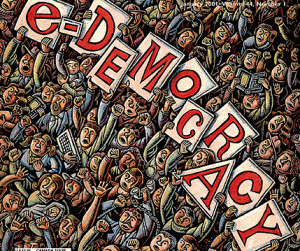I have always wondered why middle schoolers, or teenagers in the U.S. are always thought to be rebels and little devils. Many parents dread the day when their children enter teenage years. And my friends told me how lucky I am to have never gone to middle school in the U.S, because everyone in middle school is so miserable and they take their misery out on everyone else.
I understand that there are psychological reasons for teenager’s rebellion. But I also think that how teenagers are depicted in the movies play a significant role. Movies reflect the values, beliefs of a society. It is a mirror of its culture. But at the same time, we should not ignore their reinforcing effect on the values and phenomena of a society. It has priming effect. If one watch a violent movie, he/she will behave more aggressively afterwards. If we take a look at the majority of teenagers depicted in the American movies, we can’t fail to notice their anger, insecurity and hostile attitude towards the world around them. Such depictions could be an accurate reflection of reality, yet they also reinforce the behavior, and to some extent trigger it. Continue reading





